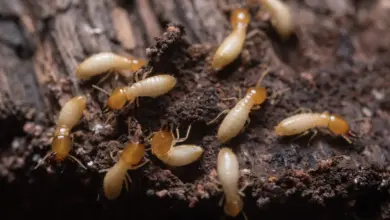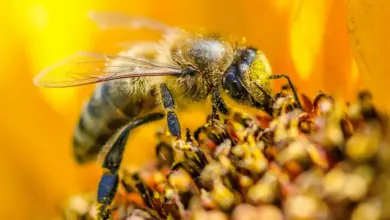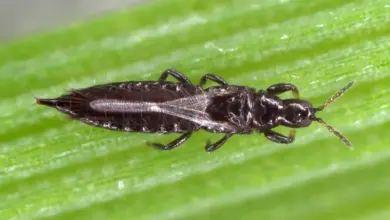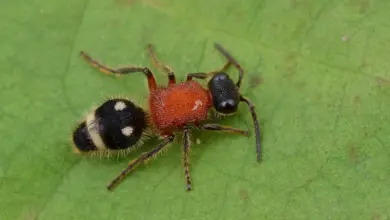Where Do Bagworms Come From
Where Do Bagworms Come From: Unraveling the Mystery of Their Origin
Bagworms are an invasive pest known for their ravenous appetite and the damage they can cause to various host plants. They are particularly drawn to junipers and other conifers, although they have been known to feed on other trees such as maples and oaks as well Purdue University. It’s important to recognize the source of these critters to prevent and treat infestations effectively.
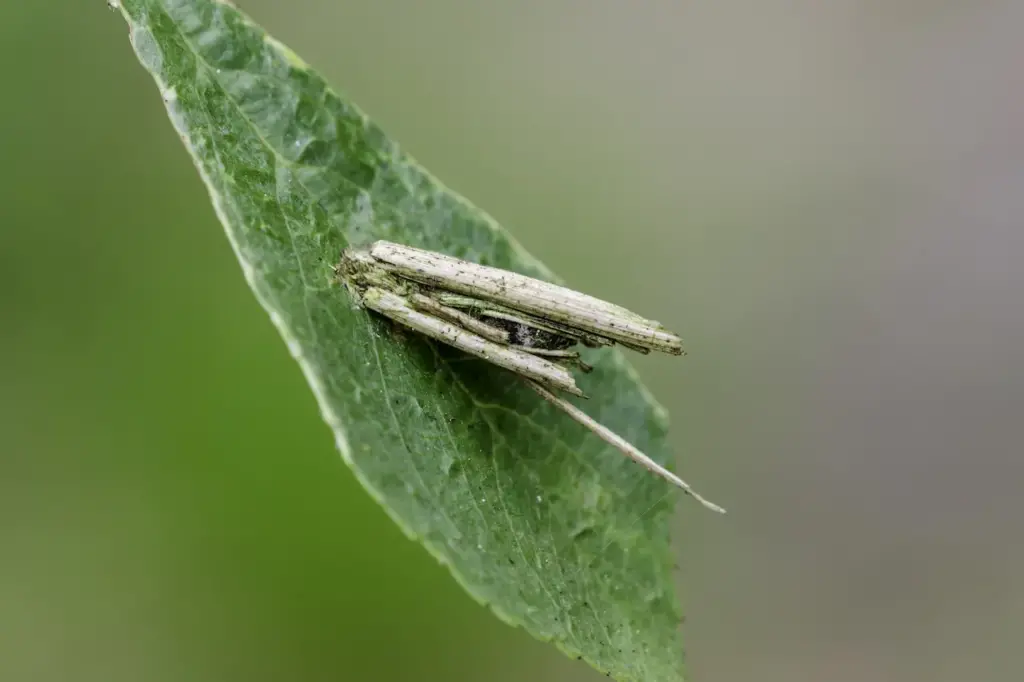
These pests originate as larvae from the male moths and wingless gray females Clemson Extension. They begin their life cycle by hatching from eggs laid in late April or early May. Wind-aided larval dispersal and other factors contribute to their wide distribution, making them a challenging pest to manage US Forest Service.
Understanding where bagworms come from is crucial to keeping your plants healthy. As the larvae feed, they create a bag around themselves for protection. As you monitor your plants for signs of infestations, such as defoliation or browning branches, knowing their origin can help you stay one step ahead in reducing their damaging effects.
Origin and Distribution of Bagworms
Bagworms, also known as Thyridopteryx ephemeraeformis, are native to North America and commonly found in the United States. They are widely distributed due to several factors, one of them being wind-aided larval dispersal. Additionally, these insects can survive long periods without food and have a broad host range, increasing their chances of thriving in various habitats source.
These caterpillars feed on various plants, especially on evergreen trees like juniper, arborvitae, cedar, and spruce source. They can also occasionally attack broadleaf trees and shrubs, including river birch and Indian hawthorn source.
Your garden and neighborhood trees may become hosts to bagworms, causing unsightly damage and defoliation. If you notice any signs of infestation, it’s essential to take action early to mitigate the damage and protect your greenery. Good luck, and stay vigilant!
Life Cycle of Bagworms
Egg Phase
During the winter months, bagworm eggs overwinter inside the protective cocoon created by the wingless adult females. In late spring, the eggs finally hatch, and the larvae emerge to begin their life cycle.
Larval Phase
In the larval stage, the young caterpillars start constructing their very own silk bags mixed with foliage, which camouflage well with their surroundings. Here are a few features of these bags:
- The bag size starts at about one-quarter inch
- Caterpillars constantly enlarge their bags as they grow
- Bags ultimately reach 1 1/2 or 2 inches in length
Throughout the summer, the bagworm larvae continuously feed on trees and plants, such as junipers, arborvitae, and cedars.
Pupal Phase
In August, the larvae mature and pupate inside their bags. Upon reaching the pupal stage, the bagworms firmly attach their bags to plant stems using silk, making them more difficult to remove.
Adult Phase
Once matured in late August or early September, adult bagworms emerge. Adult males develop transparent wings and fly off in search of wingless females. Surprisingly, the females never leave their bags, so mating takes place through the bag opening.
As you can see, bagworms have a unique and fascinating life cycle, which starts with overwintering eggs and progresses through larval, pupal, and adult phases. During each phase, they use different strategies for protection, feeding, and reproduction, making them a resilient and adaptive species.
Habitat and Host Plants
Evergreen Trees and Shrubs
Bagworms are commonly found on evergreen trees and shrubs. Their favorite hosts include junipers, arborvitae, cedars, spruce, and pines1. These trees provide a suitable habitat for bagworms as they feed on the foliage, specifically needles and twigs. They construct their protective bag using the same materials, which allows them to camouflage easily.
Here are some examples of evergreen trees and shrubs that bagworms can infest:
- Juniper
- Arborvitae
- Cedar
- Spruce
- Fir
- Pine
Deciduous Trees and Shrubs
Although bagworms predominantly infest evergreens, they may also attack deciduous trees and shrubs2. They are known to target maples, willows, oaks, poplars, and sycamores, feeding on their leaves and twigs. However, these occurrences are less common than infestations on evergreens.
Some examples of deciduous trees that may be infested by bagworms are:
- Maple
- Willow
- Oak
- Poplar
- Sycamore
Specific Plant Interactions
Bagworms interact with specific host plants and use them as food sources and materials for their bags3. For example, larvae may feed on the foliage of cypresses, junipers, and pines, while using the needles, twigs, and sometimes pine cones to construct their bags. These interactions vary depending on the available host plants in their habitat.
Here’s a comparison table highlighting the differences between evergreen and deciduous host plants:
| Evergreen Trees and Shrubs | Deciduous Trees and Shrubs |
|---|---|
| Juniper, Cedar | Maple, Willow |
| Arborvitae, Spruce, Fir | Oak, Poplar |
| Pine | Sycamore |
| Needles | Leaves |
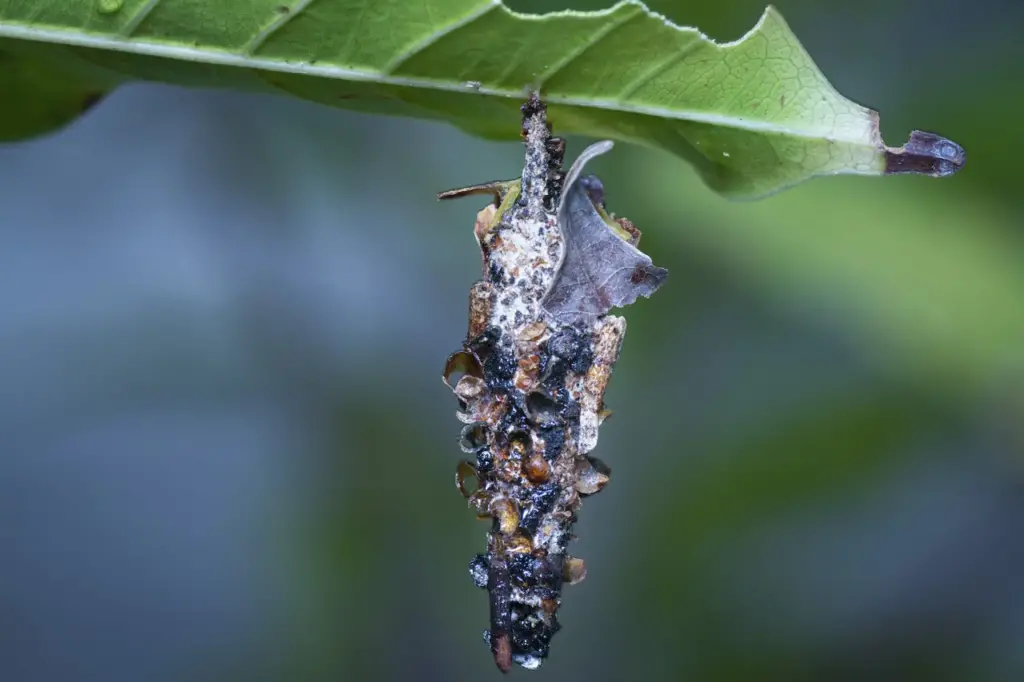
Feeding Behavior and Damage
Bagworms are known for their peculiar feeding behavior, which can cause significant damage to trees and other plants. These small insects feed on the leaves and foliage of various plants, including juniper, arborvitae, and other needle-bearing evergreens. They can also attack broadleaf trees and shrubs, such as river birch and Indian hawthorn.
As they consume the leaves, they leave behind a trail of defoliation which can harm a plant’s overall health. In fact, heavy infestations can eventually lead to total defoliation, which may force you to replace the affected plants.
When bagworms start feeding in the late spring, they will continue to do so for several months. During this time, their appetite is quite insatiable, making them a big threat to their favorite hosts like junipers and conifers. However, they can also be found feeding on maples, oaks, and other trees, causing similar damage.
Some key points to remember about bagworm feeding behavior and damage:
- Bagworms mainly target needle-bearing evergreens, but can also attack broadleaf trees and shrubs.
- Their feeding can cause defoliation, which can harm a plant’s overall health.
- Heavy infestations may lead to total defoliation, requiring the replacement of affected plants.
By understanding their feeding behavior and the damage they cause, you can better prepare yourself for dealing with potential infestations and protect your plants from the harmful effects of these hungry insects. So keep an eye on your plants and take necessary action to prevent bagworm damage.
Defense Mechanisms and Predators
Camouflage and Silk Bags
Bagworms are well-adapted insects from the moth family Psychidae that use clever mechanisms for protection. One such mechanism is their ability to create silk bags from plant materials, which serve as camouflage from potential predators 1. These bags not only provide an excellent disguise, but also allow bagworms to remain mobile while remaining hidden.
For example, they blend seamlessly into their host plants by incorporating the same leaves and twigs into their bags. This ability to blend in makes it difficult for birds and other predators to spot them 2.
Natural Predators and Defense
Despite their effective camouflage, bagworms do have several natural predators and enemies. Some of these include:
- Birds
- Insect predators
- Parasitoids
- Diseases 3
Due to their various predators, bagworms have developed a few additional defense mechanisms. In response to a threat, they can quickly retreat into their bags, close the opening, and become immobile. This reaction resembles a stick or other harmless debris, which often causes their predators to lose interest.
However, not all bagworms are able to evade their predators 4. Consequently, it is important for gardeners and homeowners to monitor their plants carefully for signs of bagworm infestation, in order to protect their landscapes from these fascinating yet destructive insects.
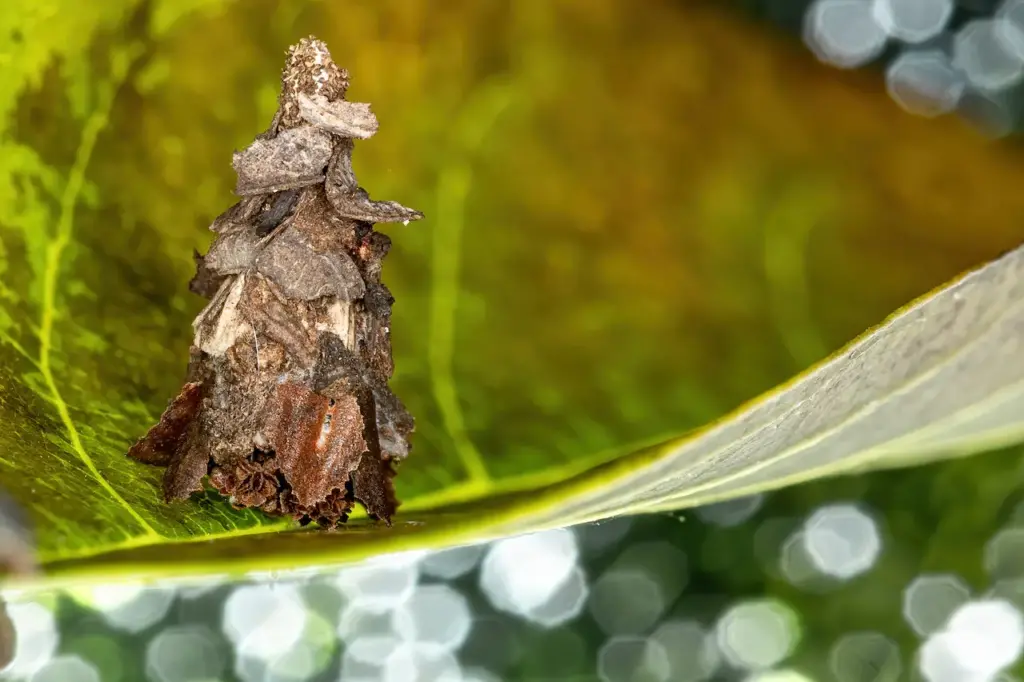
Bagworm Infestations
Detection of Infestations
Bagworm infestations can cause significant damage to your plants and trees. To detect them early, keep an eye out for small, cone-shaped bags hanging from branches. These bags are made by the larvae of the bagworm moth and house the developing worms. Here are some symptoms to watch out for:
- The presence of tiny, cone-shaped bags on plants and trees
- Yellowing or browning of leaves
- Reduced growth and overall health of affected plants
By catching a bagworm infestation early, you can protect your plants from further damage.
Prevention and Control Measures
To prevent and control bagworm infestations, you can use a combination of both gentle and more aggressive approaches. Here are some methods to consider:
- Physical removal: Handpick the bagworms from your infested plants and dispose of them away from your garden.
- Natural predators: Encourage natural predators such as birds and parasitic wasps in your garden to help control the bagworm population.
- Chemical treatments: If the infestation is severe, you may need to use chemical insecticides. Make sure to follow the label instructions thoroughly and apply at the right time to maximize effectiveness.
- Cultural control: Keep your garden well maintained by pruning and disposing of infested branches, and promoting healthy plant growth through proper watering and fertilization.
Remember, early detection and a combination of control measures can help you effectively manage bagworm infestations and maintain the health of your plants.
